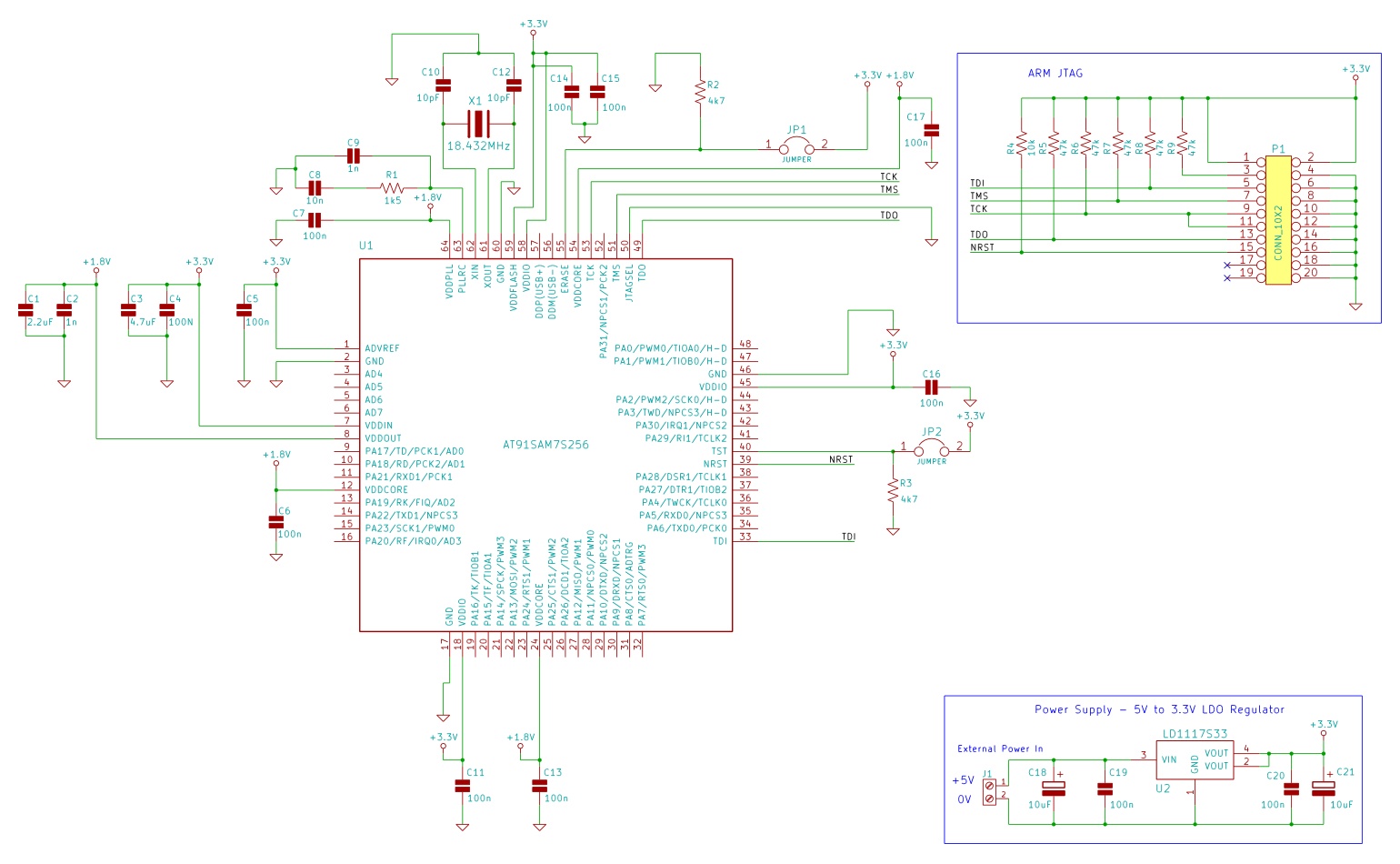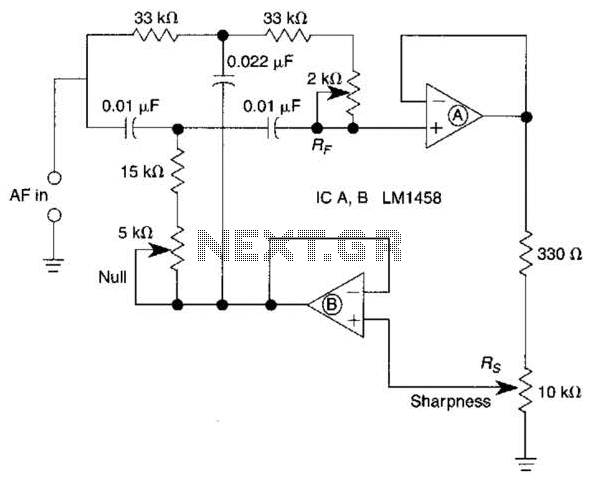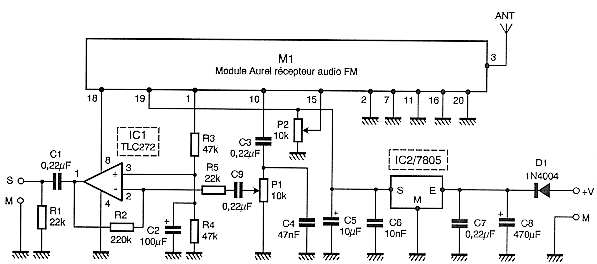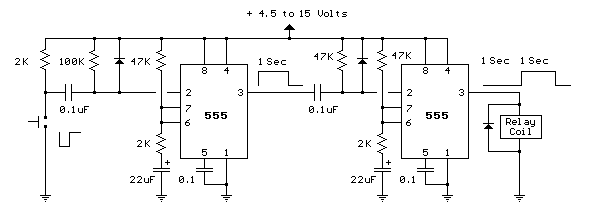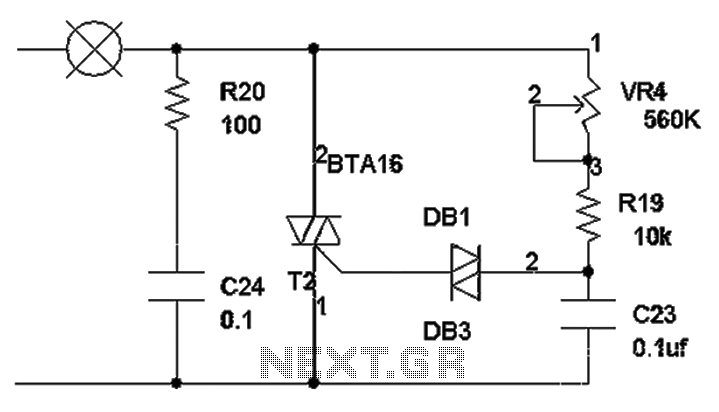
Atv Video Sampler Circuit Circuit
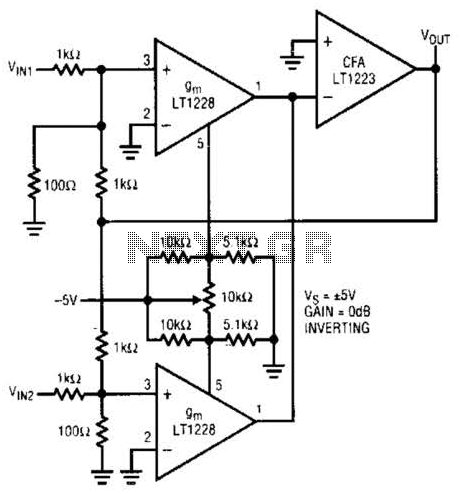
This unit captures the ATV signal by sampling the transmission line with minimal insertion loss. It features two N connectors for input and output connections, and a BNC connector is utilized for the video output. The detected output is linked to a monitor and oscilloscope, allowing for precise adjustments of the transmitter to achieve optimal video and synchronization levels. Two models are available; both include relative power output meters, though one model offers higher accuracy. Additionally, there are two PC controls, one for adjusting the video level and the other for controlling power output.
This ATV signal sampling unit is designed to provide high performance with minimal signal degradation, making it suitable for applications requiring precise video transmission. The use of N connectors ensures a robust connection, capable of handling high-frequency signals with low loss. The BNC connector for video output allows for easy integration with standard video equipment, facilitating real-time monitoring and adjustments.
The incorporation of power output meters in both models serves to inform users about the relative strength of the transmitted signal, which is crucial for maintaining optimal transmission conditions. The model with enhanced accuracy is particularly beneficial for professional applications where signal integrity is paramount.
The dual PC controls for video level and power output provide intuitive user interaction, enabling fine-tuning of the system's performance parameters. This feature is essential for achieving the desired video quality and synchronization, ensuring that the output meets the specific requirements of various broadcasting or monitoring scenarios. Overall, this unit is a vital tool for professionals in the field of ATV transmission, offering reliability and precision in signal management. This unit picks up your ATV signal by sampling the transmission line with negligible insertion loss. It uses 2 N connectors for input and output connections. A BNC connector is used on the video output. The detected output is connected to your monitor and scope so that you can accurately adjust your transmitter for proper video and synch levels.
Two different models are provided. Both have relative power output meters, but one has greater accuracy. There are two PC controls, one for video level and the other for power output. 🔗 External reference
This ATV signal sampling unit is designed to provide high performance with minimal signal degradation, making it suitable for applications requiring precise video transmission. The use of N connectors ensures a robust connection, capable of handling high-frequency signals with low loss. The BNC connector for video output allows for easy integration with standard video equipment, facilitating real-time monitoring and adjustments.
The incorporation of power output meters in both models serves to inform users about the relative strength of the transmitted signal, which is crucial for maintaining optimal transmission conditions. The model with enhanced accuracy is particularly beneficial for professional applications where signal integrity is paramount.
The dual PC controls for video level and power output provide intuitive user interaction, enabling fine-tuning of the system's performance parameters. This feature is essential for achieving the desired video quality and synchronization, ensuring that the output meets the specific requirements of various broadcasting or monitoring scenarios. Overall, this unit is a vital tool for professionals in the field of ATV transmission, offering reliability and precision in signal management. This unit picks up your ATV signal by sampling the transmission line with negligible insertion loss. It uses 2 N connectors for input and output connections. A BNC connector is used on the video output. The detected output is connected to your monitor and scope so that you can accurately adjust your transmitter for proper video and synch levels.
Two different models are provided. Both have relative power output meters, but one has greater accuracy. There are two PC controls, one for video level and the other for power output. 🔗 External reference
Warning: include(partials/cookie-banner.php): Failed to open stream: Permission denied in /var/www/html/nextgr/view-circuit.php on line 713
Warning: include(): Failed opening 'partials/cookie-banner.php' for inclusion (include_path='.:/usr/share/php') in /var/www/html/nextgr/view-circuit.php on line 713
